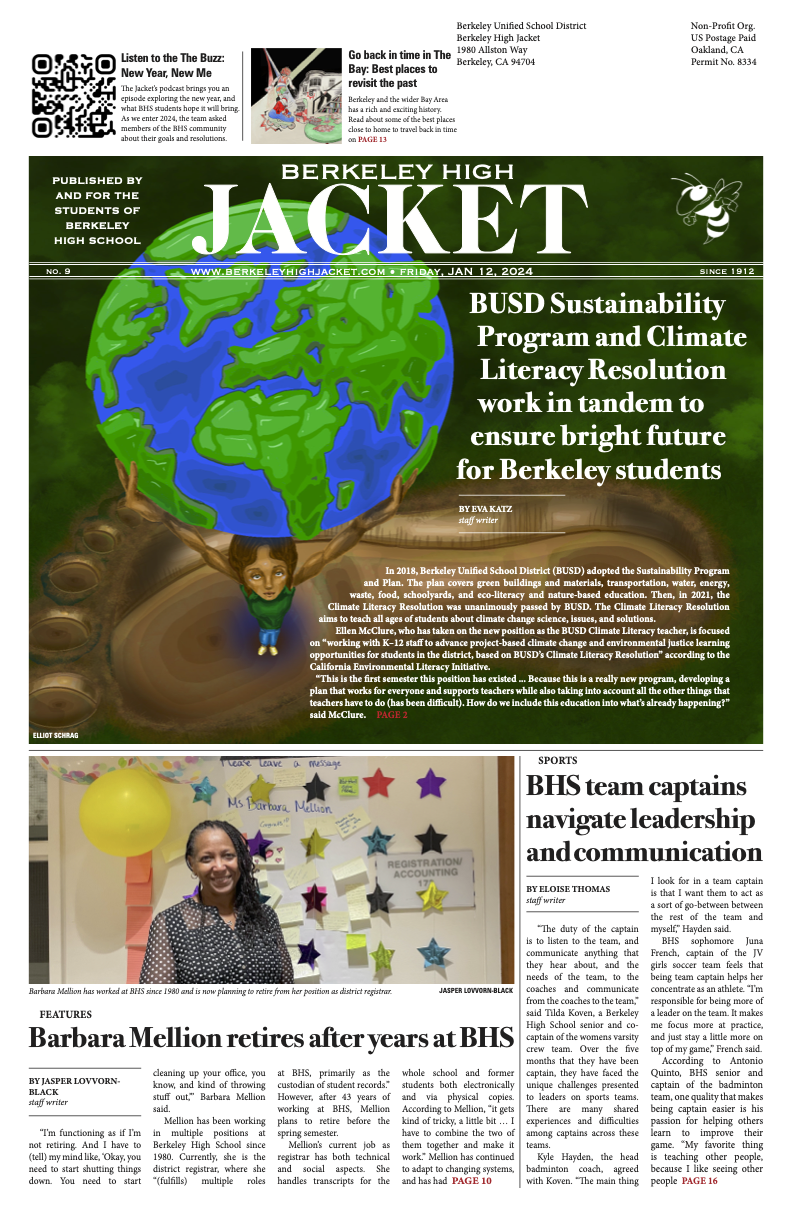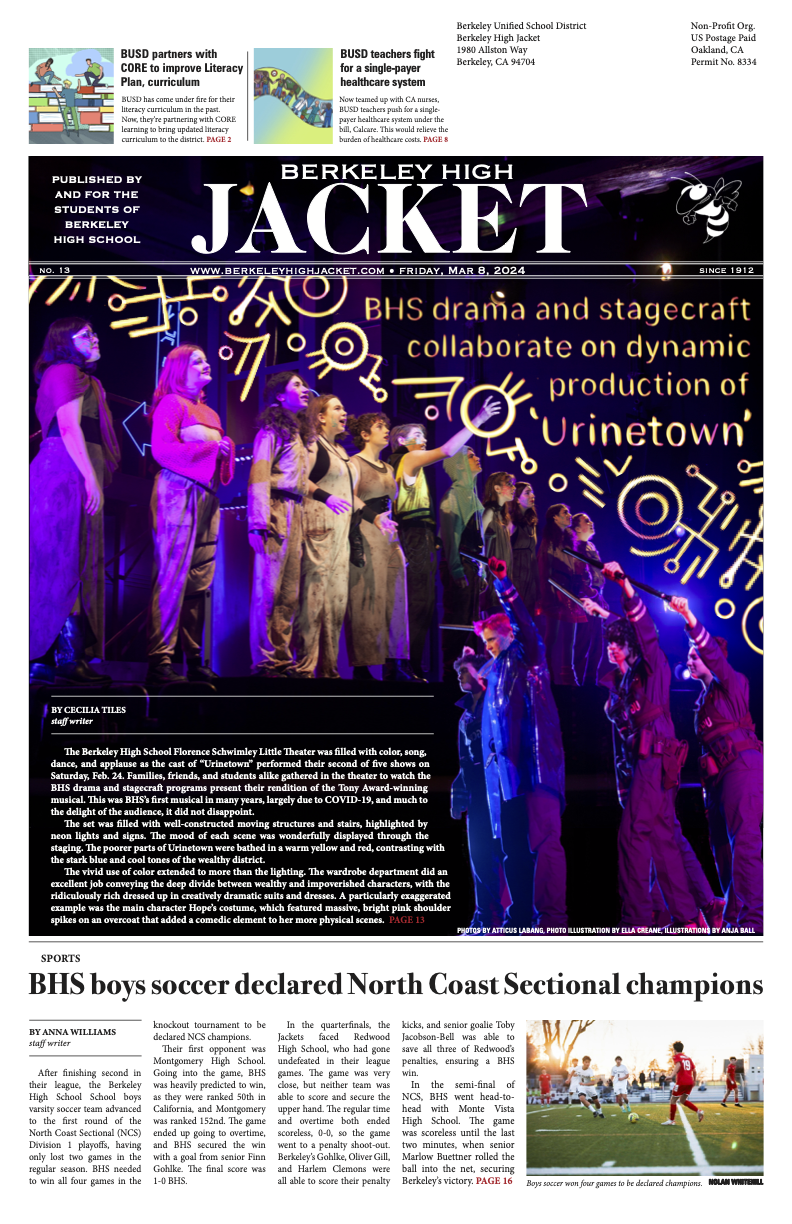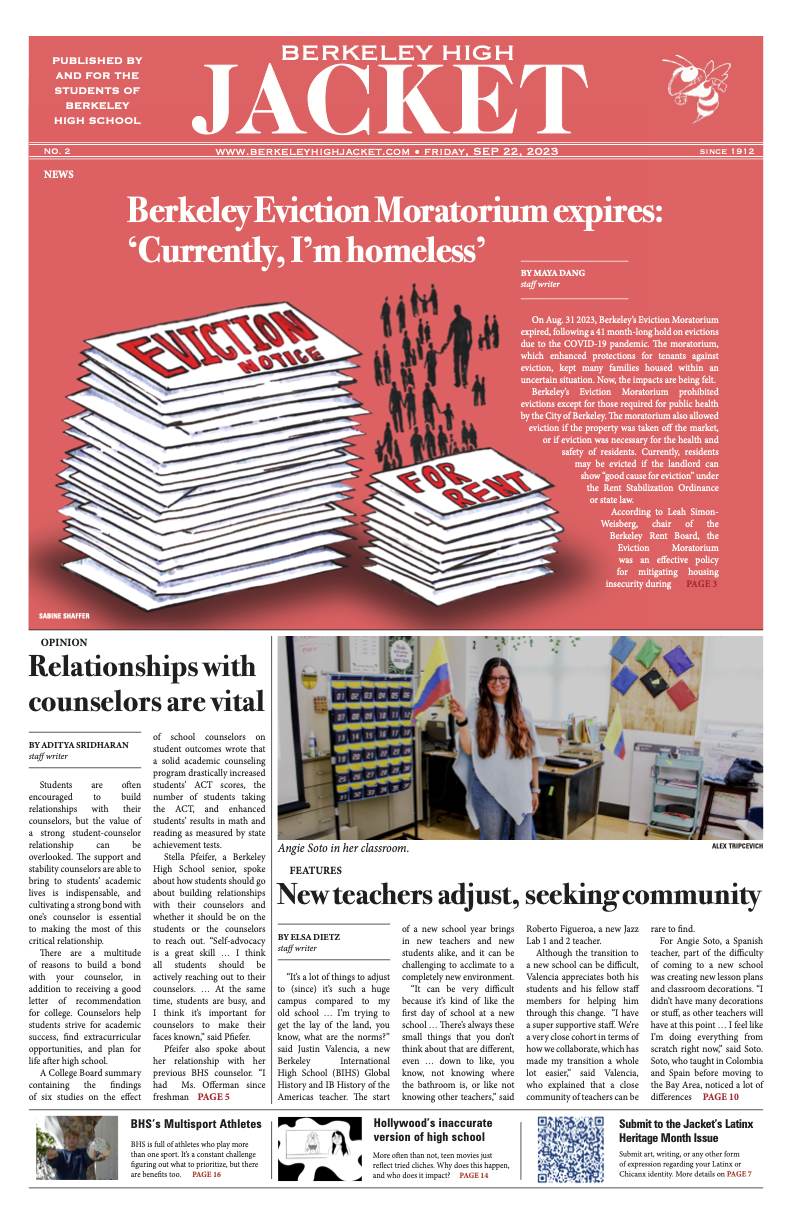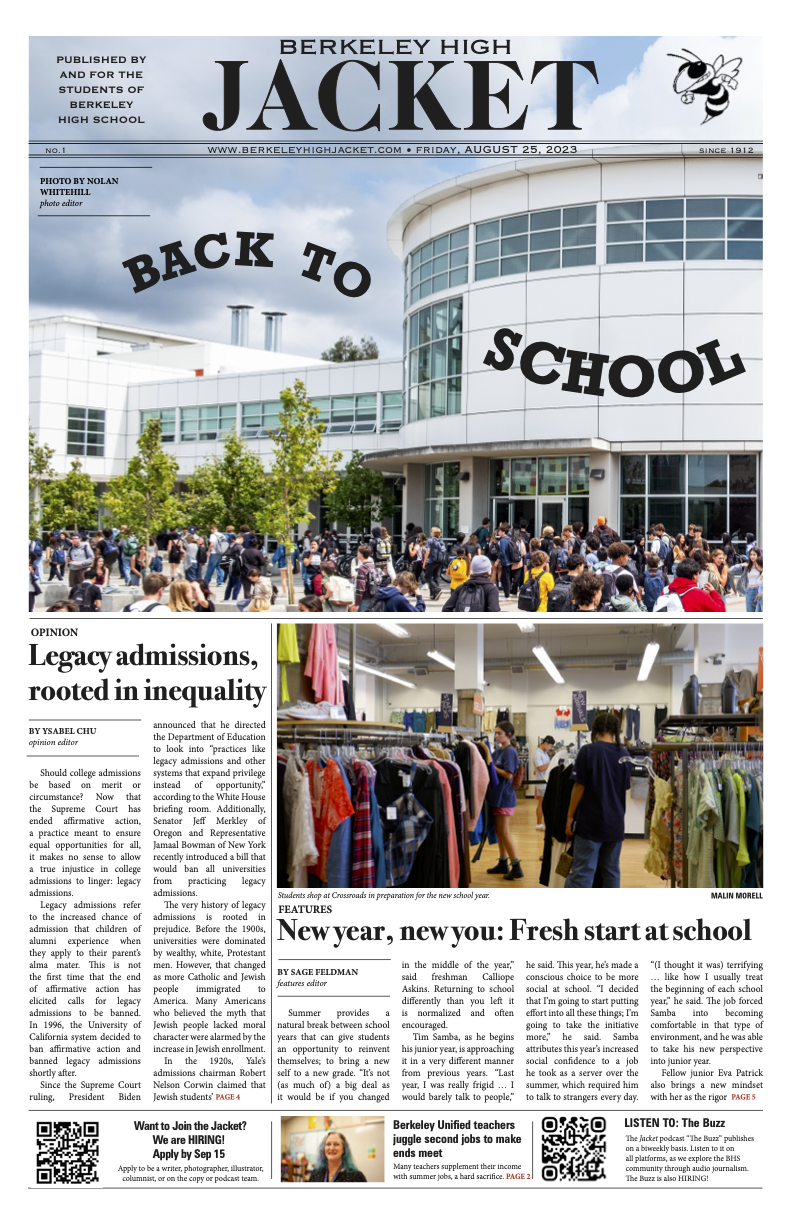In the past couple of years, influencers have become a constant presence on social media and the internet. Within the influencer community, a specific type of content has risen in prominence: content based solely around objects and products. Content featuring large purchases has been on the forefront of influencer marketing, generating lots of views and engagement. Viewers, and teen viewers in particular, are incredibly susceptible to this kind of content. Normalizing incessant spending ultimately promotes irresponsible shopping habits for teen viewers who can rarely afford luxury lifestyles being lived by adults with consistent incomes. In order to protect teens from basing their lives around influencers, overconsumption content should be seen as an untrue depiction of the standard consumer.
In order to work as an influencer, countless purchases are necessary to maintain a seemingly wealthy lifestyle. Many large brands, ranging anywhere from clothing labels to snack companies, send products to influencers in hopes of building public interest. Cosmetic brands like Sephora and Ulta, for instance, often partner with influencers to create an advertisement for their product. These packages play a large role in the amassing of products featured in influencer content. Dinah Cohen, a BHS junior, has found constant purchases to be a recent tactic to gain teen views from influencers. “I do see a lot of influencers promoting people to buy more online, whether in the form of content or ads … I think teens are more vulnerable to this. Teens are on social media most of all and can be easily influenced or pressured into buying popular products,” Cohen said. Cohen is correct; research from the National Institute of Health has found that adolescents are more susceptible to advertising because they have not fully developed the ability to think critically about and resist marketing campaigns.
Social media content displaying the large amount of products influencers own creates a false idea that everyone should be able acquire just as many objects. This problematic narrative correlates spending money and acquiring inanimate goods with happiness. Viola Ortiz Glickman, a BHS sophomore, has found that constantly viewing content featuring large purchases becomes overwhelming and transfixing. “Influencers have such an instant… connection with teenagers who spend countless hours on social media, which I think gives companies a good ‘in’ to get big sales, Ortiz Glickman said. “It’s quite hard for teens to ignore trends they see online, whether that’s clothes, cosmetics or anything else.” The viewership of influencers is mostly teens and young adults, who are just beginning to understand financial responsibility and how to make economically conscious decisions. The message behind overconsumption content promotes irresponsible shopping by encouraging thoughtless purchasing and pushing susceptible viewers into believing the curated facade that influencers create.
Even though using overconsumption as a tactic for views is problematic, the concept of influencing in the media isn’t inherently bad. Influencing has become a popular form of content and allows for interaction and relation with other people in a format that appeals to younger generations. Using social media as a vessel for creativity and sharing stories is a helpful contribution to society. However, using social media influence as a manner of creating a false narrative of endless wealth and purchases creates a societal obsession with consumption that is both financially irresponsible and unnecessary. “When influencers support or speak highly of a brand or company on their own I don’t find it harmful, I see it as something subjective, an addition to their content where they share what they enjoy. However when there’s promotion after promotion it just feels fake and social media is already full of that as it is,” Ortiz Glickman said.
All in all, overconsumption content from influencers on social media is a problematic trend that normalizes financially irresponsible decisions. Not only does it create a norm of constant consumption and purchases, but it promotes an unsustainable lifestyle that most viewers can’t relate to. Influencers that promote overconsumption must reach a decline in popularity in order to give viewers transparency on normal lives outside of curated videos that simply show wealth equating to happiness. In order to see past the curated facade that influencing can create, teens must remember that lives presented on social media differ vastly from true experiences that are going on behind the scenes.





